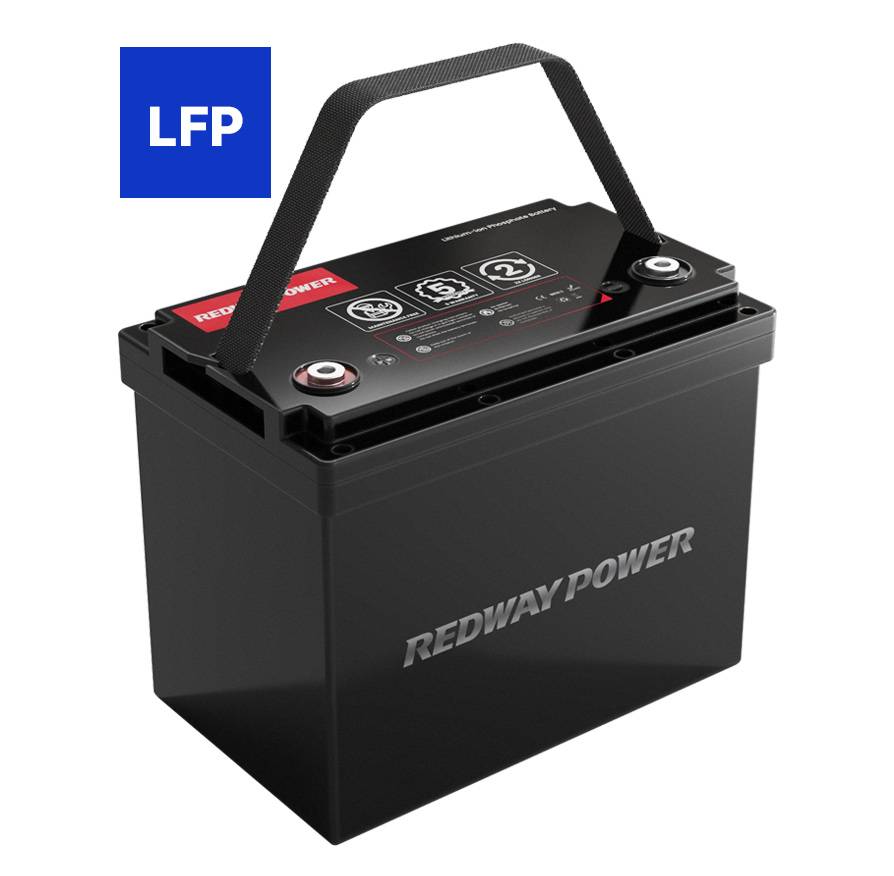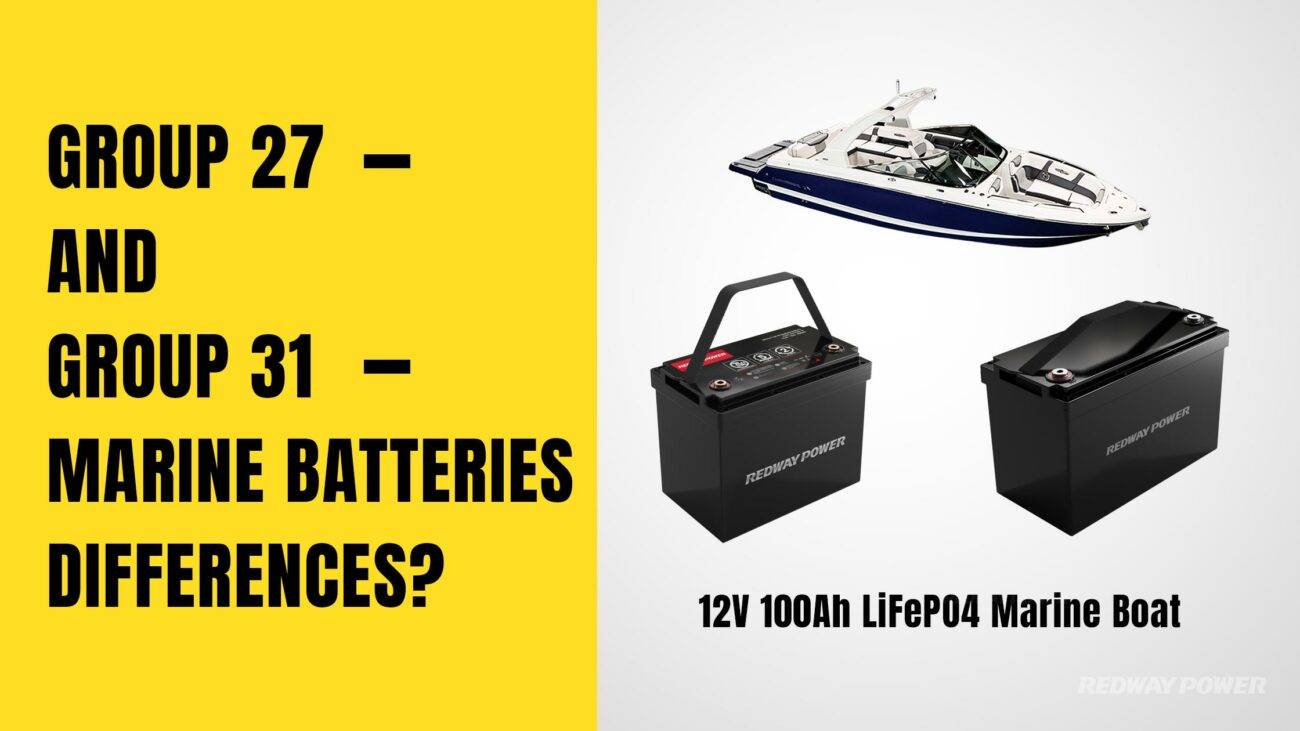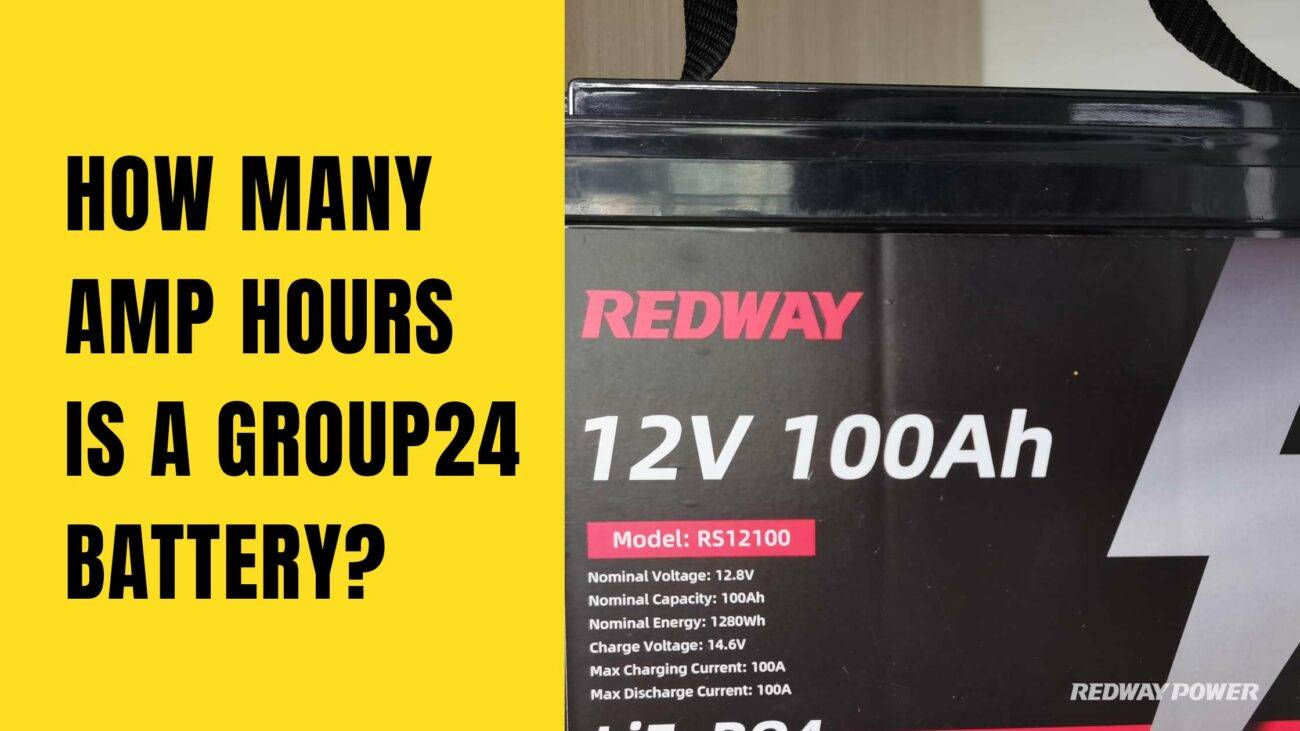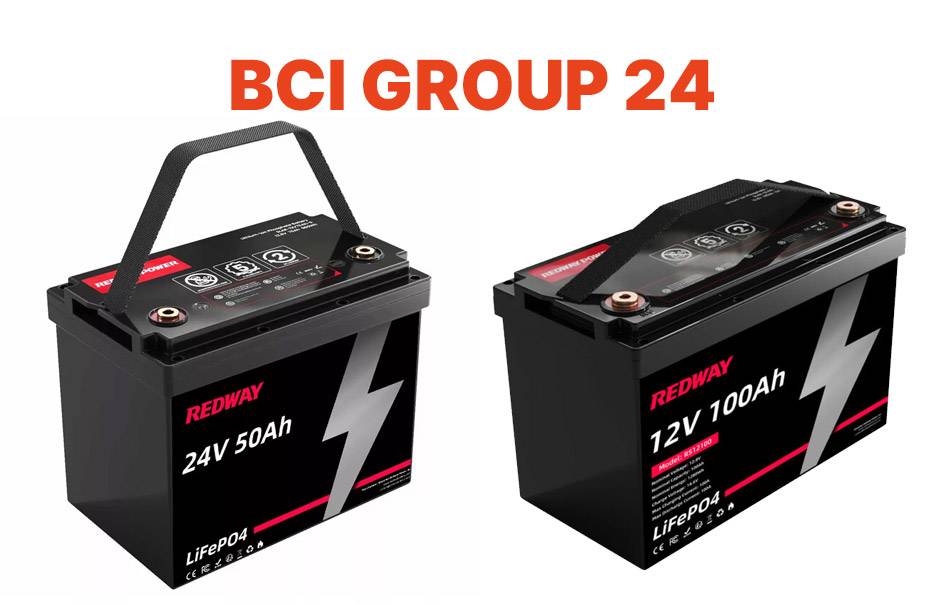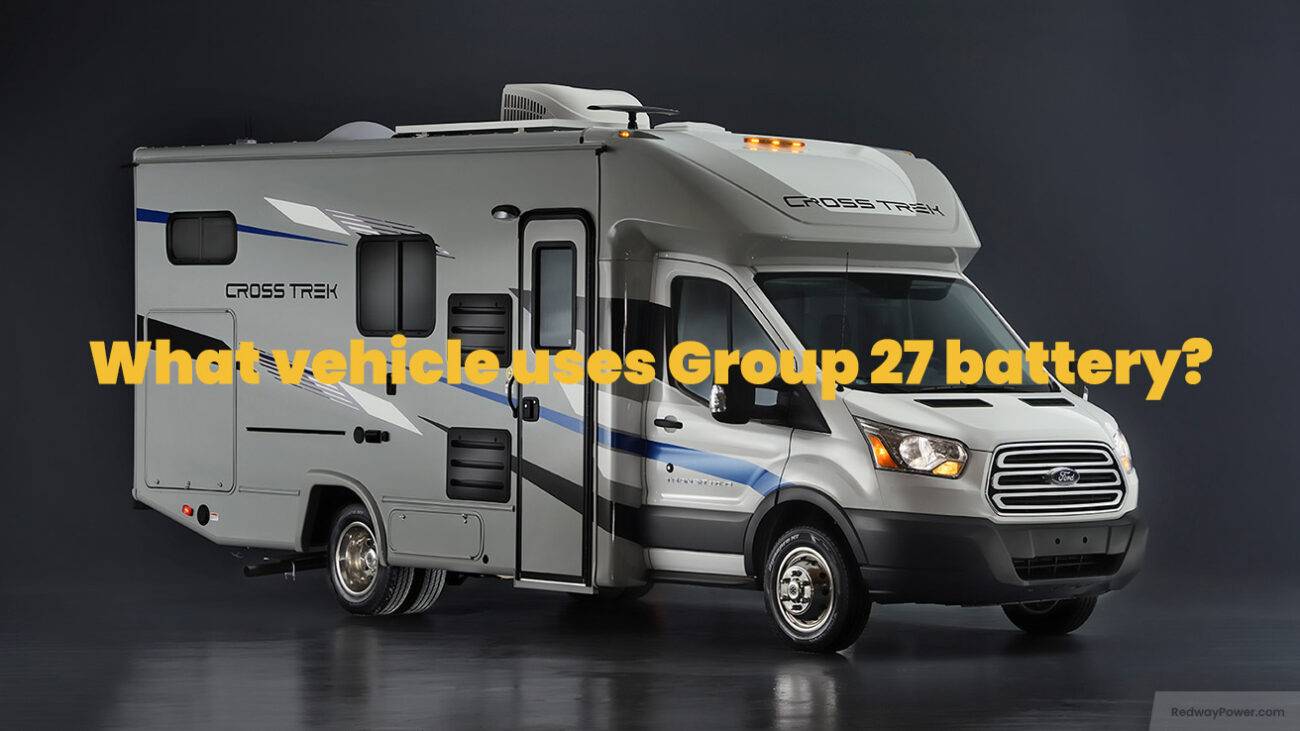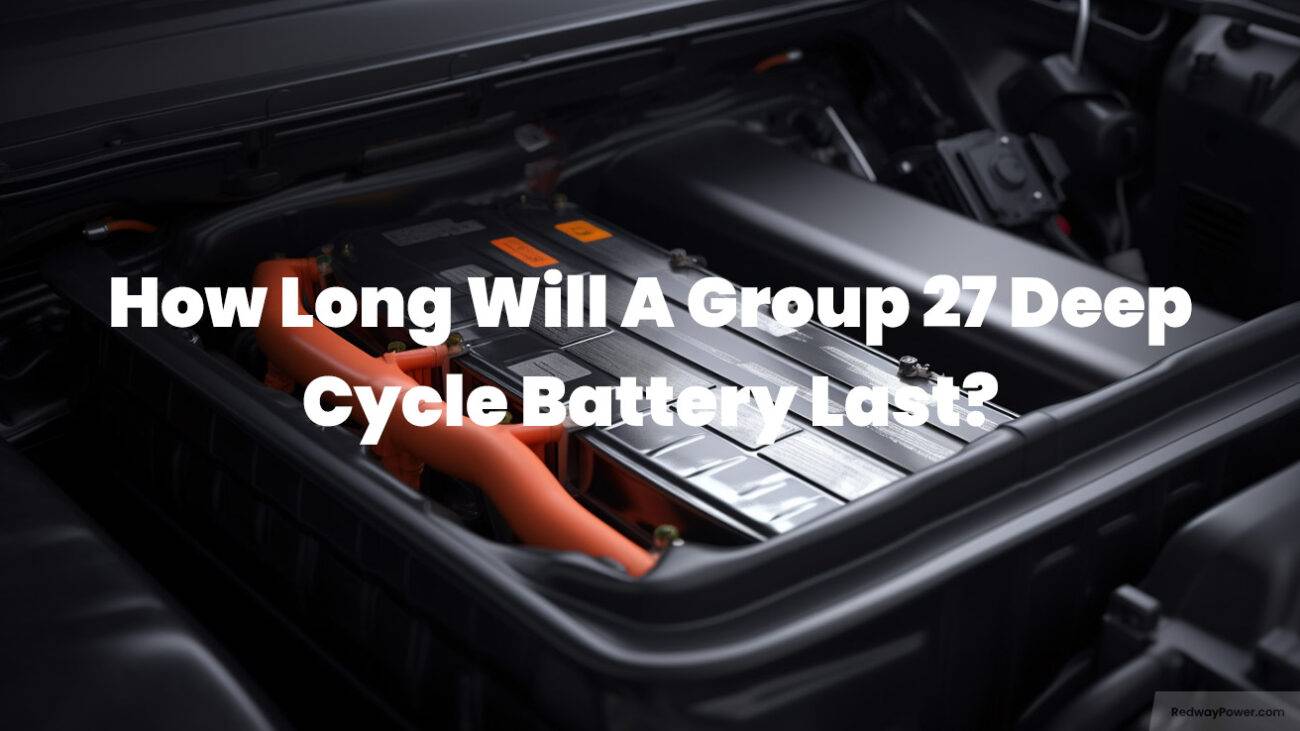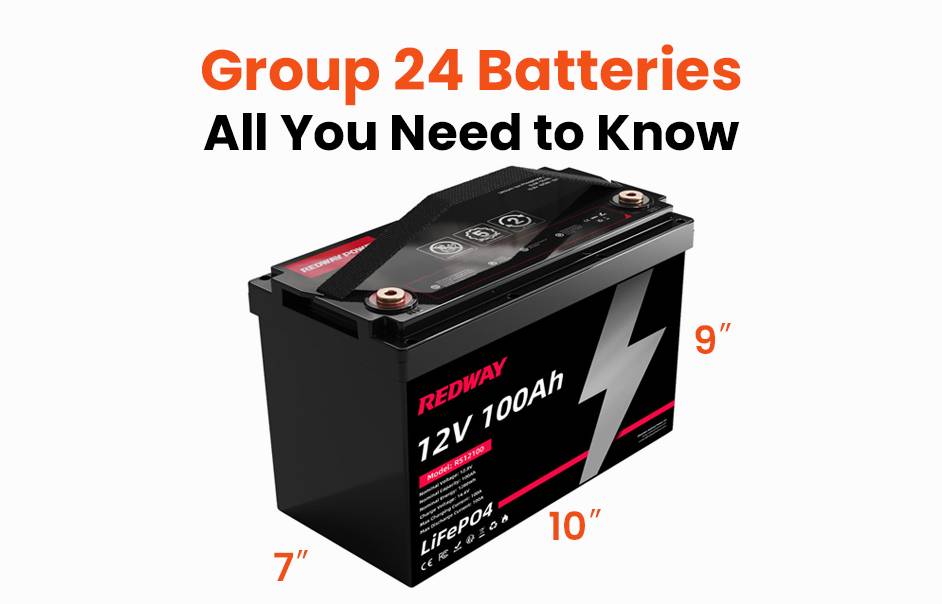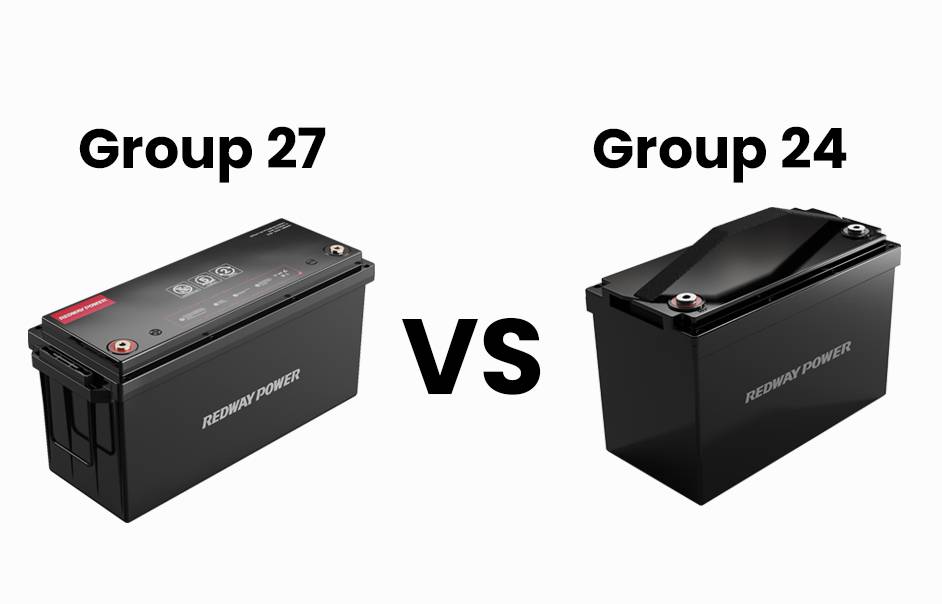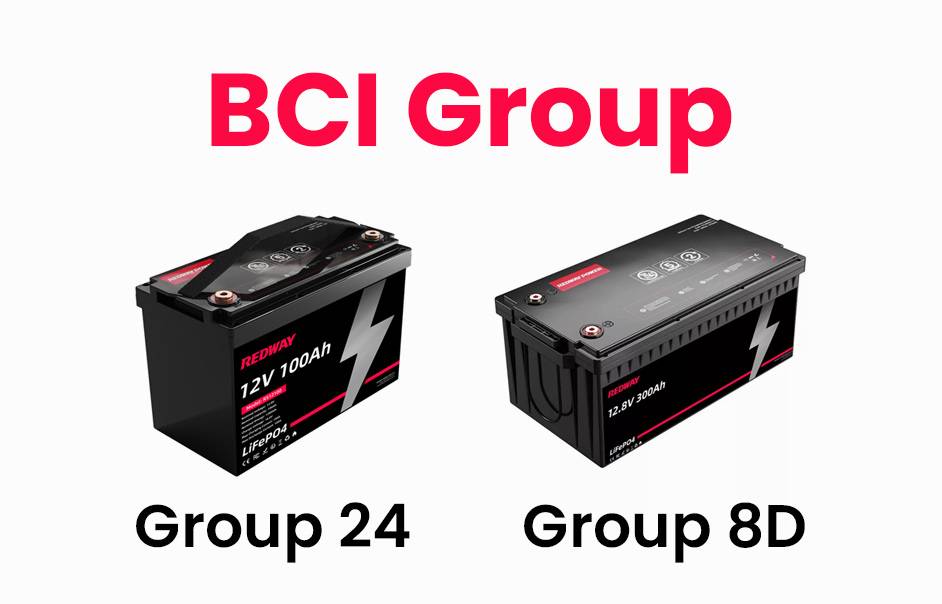- Forklift Lithium Battery
-
48V
- 48V 210Ah
- 48V 300Ah
- 48V 420Ah (949 x 349 x 569 mm)
- 48V 420Ah (950 x 421 x 450 mm)
- 48V 456Ah
- 48V 460Ah (830 x 630 x 590 mm)
- 48V 460Ah (950 x 421 x 450 mm)
- 48V 460Ah (800 x 630 x 600 mm)
- 48V 460Ah (820 x 660 x 470 mm)
- 48V 500Ah
- 48V 560Ah (810 x 630 x 600 mm)
- 48V 560Ah (950 x 592 x 450 mm)
- 48V 600Ah
- 48V 630Ah
-
48V
- Lithium Golf Cart Battery
- 12V Lithium Battery
12V 150Ah Lithium RV Battery
Bluetooth App | BCI Group 31
LiFePO4 Lithium
Discharge Temperature -20°C ~ 65°C
Fast Charger 14.6V 50A
Solar MPPT Charging - 24V Lithium Battery
- 36V Lithium Battery
- 48V Lithium Battery
-
48V LiFePO4 Battery
- 48V 50Ah
- 48V 50Ah (for Golf Carts)
- 48V 60Ah (8D)
- 48V 100Ah (8D)
- 48V 100Ah
- 48V 100Ah (Discharge 100A for Golf Carts)
- 48V 100Ah (Discharge 150A for Golf Carts)
- 48V 100Ah (Discharge 200A for Golf Carts)
- 48V 150Ah (for Golf Carts)
- 48V 160Ah (Discharge 100A for Golf Carts)
- 48V 160Ah (Discharge 160A for Golf Carts)
-
48V LiFePO4 Battery
- 60V Lithium Battery
-
60V LiFePO4 Battery
- 60V 20Ah
- 60V 30Ah
- 60V 50Ah
- 60V 50Ah (Small Size / Side Terminal)
- 60V 100Ah (for Electric Motocycle, Electric Scooter, LSV, AGV)
- 60V 100Ah (for Forklift, AGV, Electric Scooter, Sweeper)
- 60V 150Ah (E-Motocycle / E-Scooter / E-Tricycle / Tour LSV)
- 60V 200Ah (for Forklift, AGV, Electric Scooter, Sweeper)
-
60V LiFePO4 Battery
- 72V~96V Lithium Battery
- Rack-mounted Lithium Battery
- E-Bike Battery
- All-in-One Home-ESS
- Wall-mount Battery ESS
-
Home-ESS Lithium Battery PowerWall
- 24V 100Ah 2.4kWh PW24100-S PowerWall
- 48V 50Ah 2.4kWh PW4850-S PowerWall
- 48V 50Ah 2.56kWh PW5150-S PowerWall
- 48V 100Ah 5.12kWh PW51100-F PowerWall (IP65)
- 48V 100Ah 5.12kWh PW51100-S PowerWall
- 48V 100Ah 5.12kWh PW51100-H PowerWall
- 48V 200Ah 10kWh PW51200-H PowerWall
- 48V 300Ah 15kWh PW51300-H PowerWall
PowerWall 51.2V 100Ah LiFePO4 Lithium Battery
Highly popular in Asia and Eastern Europe.
CE Certification | Home-ESS -
Home-ESS Lithium Battery PowerWall
- Portable Power Stations
What Is the Difference Between Group 24 and Group 27 Marine Batteries?

Group 24 and Group 27 batteries are two of the most common types used in marine applications. While both serve similar purposes, they differ significantly in size, capacity, and suitability for various boating needs. Understanding these differences can help you choose the right battery for your vessel.
What Are the Dimensions of Group 24 and Group 27 Batteries?
The physical dimensions of the batteries are crucial for ensuring they fit properly in your boat’s battery compartment:
- Group 24 Dimensions: Typically measures 10.25 x 6.8125 x 8.875 inches (260 x 173 x 225 mm).
- Group 27 Dimensions: Measures 12.0625 x 6.8125 x 8.875 inches (306 x 173 x 225 mm).
| Battery Type | Length (inches) | Width (inches) | Height (inches) |
|---|---|---|---|
| Group 24 | 10.25 | 6.8125 | 8.875 |
| Group 27 | 12.0625 | 6.8125 | 8.875 |
How Do Capacity Ratings Compare Between Group 24 and Group 27 Batteries?
Capacity is a critical factor when selecting a battery for marine applications:
- Group 24 Capacity: Typically has a nominal capacity ranging from 75 to 85 amp-hours (Ah), making it suitable for smaller boats with basic electrical needs.
- Group 27 Capacity: Generally offers a higher capacity, ranging from 80 to 110 Ah, which is beneficial for larger vessels that require more power for additional electronics.
| Battery Type | Nominal Capacity (Ah) | Reserve Capacity (minutes) |
|---|---|---|
| Group 24 | 75-85 | 140-180 |
| Group 27 | 80-110 | 170-220 |
What Are the Typical Applications for Each Battery Type?
The applications for each battery type vary based on their capacity and size:
- Group 24 Applications: Best suited for smaller boats, backup systems, and basic electronics such as lights and radios.
- Group 27 Applications: Ideal for larger boats with extensive electrical systems, including navigation equipment, larger trolling motors, and additional accessories.
Why Is Weight an Important Consideration When Choosing a Battery?
Weight can affect your vessel’s performance and handling:
- Group 24 Weight: Typically weighs between 43 to 57 pounds.
- Group 27 Weight: Generally heavier, ranging from about 64 to 68 pounds.
The additional weight of a Group 27 battery can provide more stability in larger vessels but may also impact fuel efficiency.
How Do Starting Power Ratings Differ Between Group Sizes?
Starting power ratings are essential for engines that require significant power to start:
- Cold Cranking Amps (CCA): Both battery types can have varying CCA ratings, but Group 27 batteries often provide higher ratings due to their larger capacity.
- Marine Cranking Amps (MCA): Similarly, MCA ratings are typically higher in Group 27 batteries, making them better suited for starting larger engines.
| Battery Type | CCA Rating Range | MCA Rating Range |
|---|---|---|
| Group 24 | Typically lower | Typically lower |
| Group 27 | Higher | Higher |
What Should You Consider When Choosing Between Group 24 and Group 27 Batteries?
Several factors should guide your decision:
- Size of Your Boat: Larger boats with more equipment benefit from the higher capacity of Group 27 batteries.
- Power Requirements: Assess the total power needs of all onboard electronics to determine which battery size is appropriate.
- Battery Compartment Size: Ensure that your boat’s battery compartment can accommodate the dimensions of the chosen battery.
Industrial News
Recent trends in marine battery technology show a growing preference for advanced lead-acid and lithium-ion options over traditional flooded batteries. Manufacturers are focusing on enhancing energy density while reducing weight, providing boaters with more efficient power solutions. The shift towards dual-purpose batteries is also gaining traction, allowing users to operate both starting and deep-cycle applications effectively.
Redway Power Expert Views
“Choosing the right battery size is crucial for maximizing both performance and safety on the water,” states an expert from Redway Power. “Understanding the differences between Group sizes helps ensure that boaters select a battery that meets their specific needs without compromising on power or reliability.”
FAQ Section
What is the main difference between Group 24 and Group 27 batteries?
The primary differences are size, capacity, and application suitability; Group 27 batteries generally offer higher capacity and are better suited for larger vessels.Can I use a Group 24 battery in place of a Group 27?
If your battery compartment allows it, you can use a Group 24 battery in place of a Group 27; however, you may experience reduced performance due to lower capacity.How do I determine which battery is right for my boat?
Consider the size of your boat, total power requirements of onboard equipment, and ensure that the chosen battery fits within your existing compartment.Are there any special considerations when installing marine batteries?
Yes, ensure proper terminal connections, secure mounting to prevent movement while underway, and check compatibility with your charging system.By understanding these key differences between Group 24 and Group 27 marine batteries, boaters can make informed decisions that enhance their boating experience while ensuring reliable power supply for all onboard systems.














